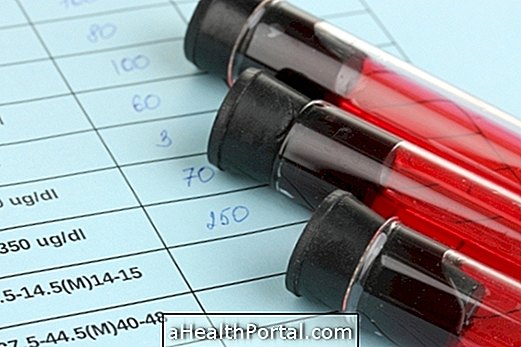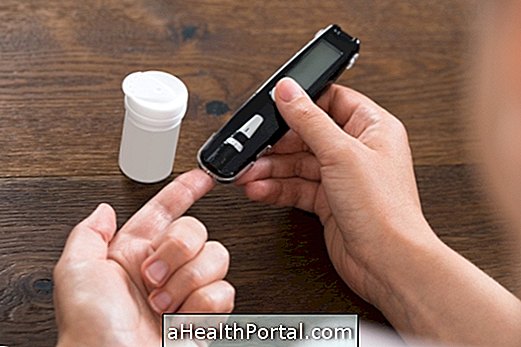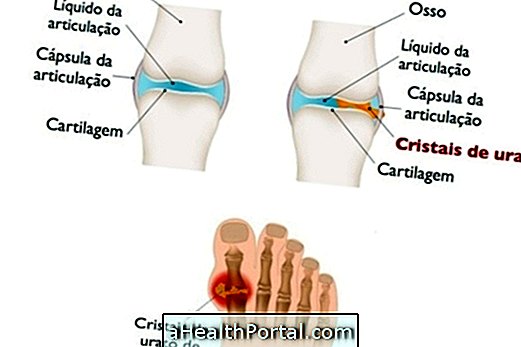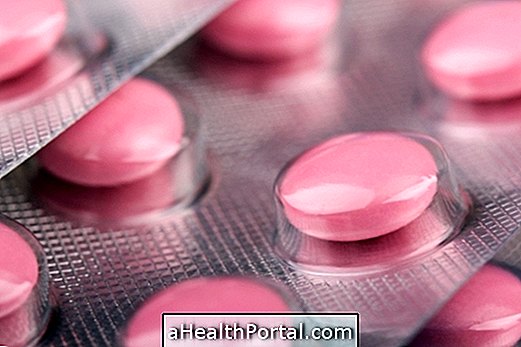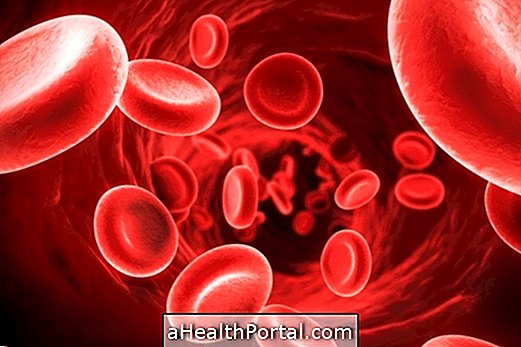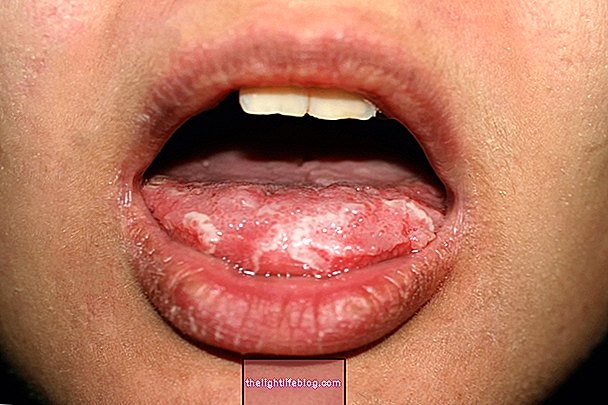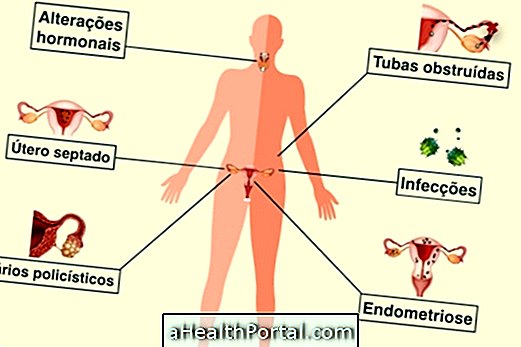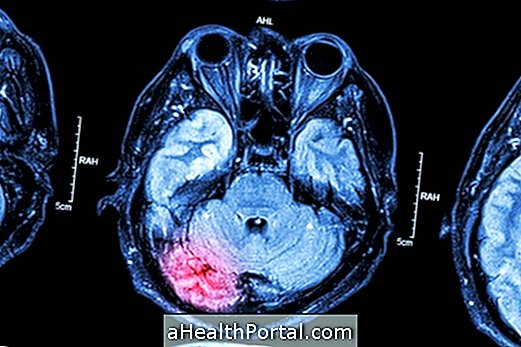Hypernatremia is defined as an increase in the amount of sodium in the blood, being above the maximum limit, which is 145mEq / L. This change happens when some disease causes excessive loss of water, or when a large amount of sodium is consumed, with a loss of balance between the amount of salt and water in the blood.
Treatment for this change should be guided by the doctor depending on the cause and amount of salt in the blood of each person, and usually consists of increasing water consumption, which can be by mouth or, in more severe cases, with serum in the vein.
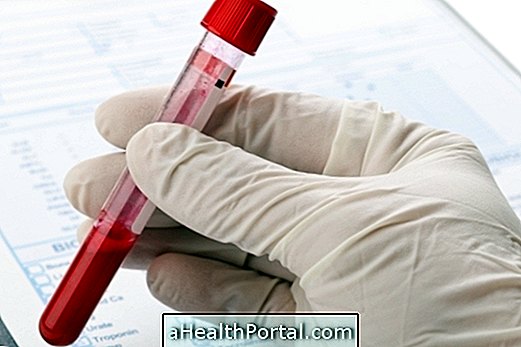
What causes hypernatremia
Most of the time, hypernatremia happens due to the loss of excess water through the body, causing dehydration, a situation that is more common in people bedridden or hospitalized for some disease, in which there is a compromise of the function of the kidneys. It can also arise in cases of:
- Diarrhea, common in intestinal infections or use of laxatives;
- Vomiting in excess, caused by gastroenteritis or pregnancy, for example;
- Abundant sweating, which happens in case of intense exercise, fever or too much heat.
- Diseases that make you urinate a lot, like diabetes insipidus, caused by diseases in the brain or the kidneys, or even by use of medicines. Learn more about identifying and treating diabetes insipidus.
In addition, people who do not drink water at the end of the day, especially the elderly or dependents who can not get access to fluids, are more likely to develop this change.
Another important cause for hypernatremia is over-consumption of sodium throughout the day in predisposed people such as consuming salt-rich foods. See what foods are high in sodium and know what to do to decrease salt intake.
How is the treatment done?
Treatment can be done at home, in milder cases, with increased fluid intake, especially water. Generally, drinking a large amount of water is enough to treat the change, but in cases of people who can not drink liquids or when there is a very serious change, the doctor will recommend the replacement of water through serum with less salt, in the quantity and speed required for each case.
This correction is also made with care not to cause an abrupt change in blood composition due to the risk of cerebral edema, and in addition, care must be taken not to lower sodium levels very much, because if too low, too is harmful. See also the causes and treatment of low sodium, which is hyponatremia.
It is also necessary to treat and correct what is causing the blood imbalance, such as treating the cause of the intestinal infection, taking homemade serum in cases of diarrhea and vomiting, or the use of vasopressin, which is a remedy indicated for some cases of diabetes insipidus.
Signals and symptons
Hypernatremia can cause an increase in thirst or, as happens most of the time, causes no symptoms. However, when the sodium change is very severe or occurs abruptly, excess salt causes contraction of the brain cells and signs and symptoms may appear, such as:
- Somnolence;
- Weakness;
- Mental confusion;
- Convulsion;
- With the.
Hypernatremia is identified by blood test, where the sodium dosage, also identified as Na, is above 145mEq / L. Assessment of urine sodium concentration, or urine osmolarity, also helps identify urine composition and identify the cause of hypernatremia.
